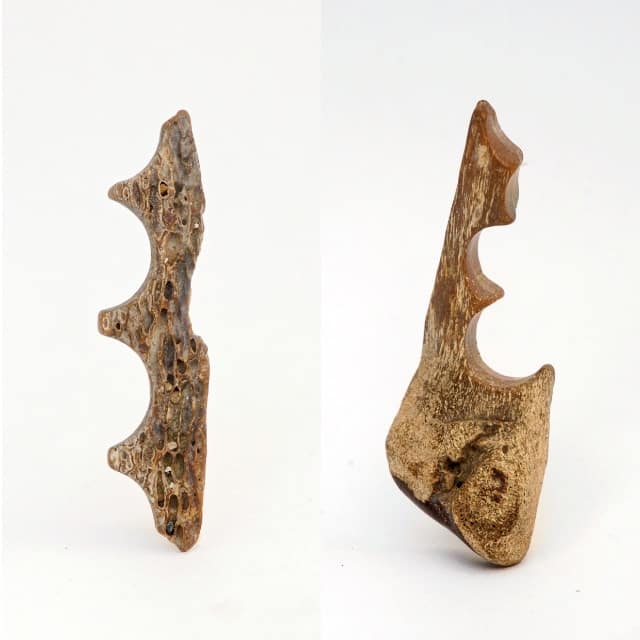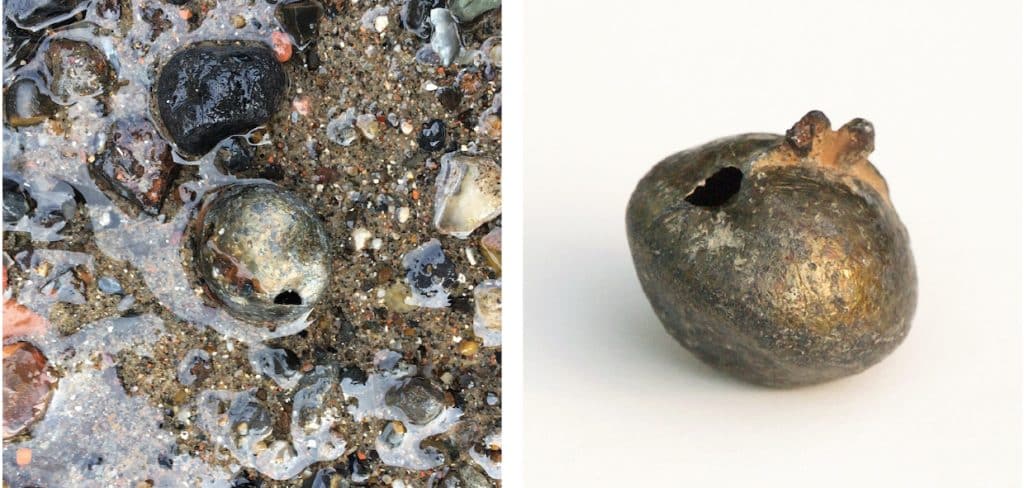The regularity of circles always draws my eye. So whether mudlarking or beachcombing, I often find buttons: in shallow Thames pools or wedged side-on between stones, amongst the estuary shingle or Cornwall’s strandline plastic.
Those I found while writing Rag and Bone include everything from bone coat buttons and Victorian fly buttons to single-holed ‘death’s head buttons’ and the shanked metal kind that decorated Georgian frock coats. Most from Cornish beaches are wave-worn plastic, but those from the Thames have often been beautifully preserved by the anaerobic river-bottom mud.

For me some of the most evocative are made from bone, and are smoothly finger-worn from repeated buttoning and unbuttoning – perhaps over generations. For in the past, especially amongst poorer families, buttons would invariably be cut from worn-out clothing and saved for reuse. (Like so many others, I whiled away countless 1970s hours sorting my nan’s button box, the way my mum had in the 1950s).

On the Thames I’ve also found the deeply-scalloped waste (above) from making bone buttons or beads by hand. These were drilled using ‘button-bits’ and are hard to date as the technique changed little over centuries, until the introduction of machines in the 18th century.

Another favourite is the button above, shown on the left in situ on the Thames. When I found this I thought it was a bell, but learned later that it’s a pewter ‘blow hole’ button, dating from around 1650 to 1750 (with thanks to the Facebook group The River Thames Mudlarking Finds).

Above are the ‘moulds’ from two ‘death’s head buttons’. Often made from wood or bone, these were painstakingly hand-wrapped in thread – perhaps silk or linen – and take their name from the crisscross pattern’s resemblance to a skull and cross bones.

.

There is more on the ‘Travelling Museum of Finds’ here

and reviews of Rag and Bone (John Murray, June 2020) here
The hardback is available to pre-order at Waterstones, Blackwells, Foyles and Amazon . Best of all, particularly in these difficult times, do use local independent bookshops – mine is The Bookshop Liskeard, which is happy to deliver. Or try Hive, which allows you to support a bookshop of your choice.
.
If you’d like to follow the blog please give your details below.
To share the post: